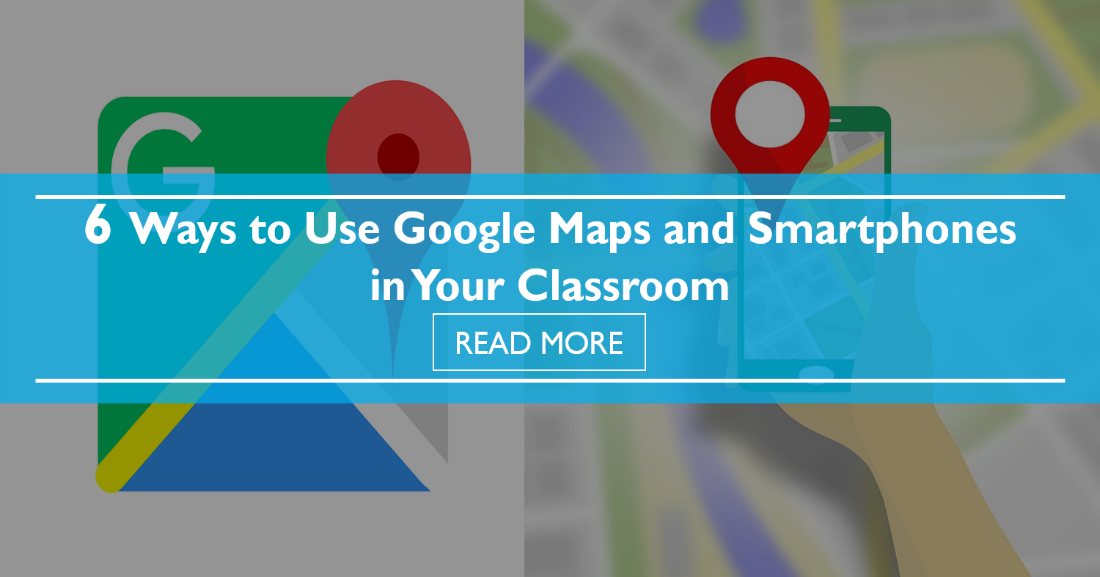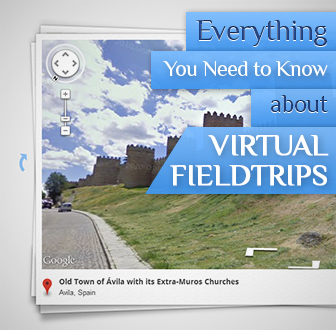6 Ways to Use Google Maps and Smartphones in Your Classroom


While most traditional fieldtrips are related to subjects such as science and history, there are plenty of ways you can use them in your ESL classroom, too. Read on to learn about the setup needed for virtual fieldtrips as well as some ESL fieldtrip ideas.

In order to get the most out of the fieldtrip, you will need to have class in a computer lab, where students can work on computers individually, in pairs, or in small groups, or have a projector connected to a computer in your classroom. For lower level English language learners, the latter is the best option especially for the first fieldtrip since students often struggle when trying to navigate all English websites. With more advanced students, a simple Webquest could be used to structure the activity so that students could work more independently. How you set up the fieldtrip depends a lot on what you want to accomplish and how much time you would like to spend on the activity as well as what resources are available to you at your school.
Google Earth is a great resource because you can 'walk' around many places that appear almost 3D. For example, my whole neighborhood in the United States has been photographed from the street so I am able to 'walk' around my neighborhood and show students just how rural my house is while talking about cultural differences or the difference between living in the city and living in the countryside. It is possible to record tours using Google Earth so that nothing is left to chance or you can leave it open to see what students would like to explore either in class or at home. Be sure that wherever you are taking your students has been photographed from the street and not simply from above. If you need ideas of where to go or want students to focus on a specific topic such as UNESCO World Heritage Sites, Google also has a gallery of collections available at http://maps.google.com/intl/en/help/maps/streetview/gallery.html. Using these galleries could save you a lot of time trying to think of and find interesting places to go. You could also divide the class into groups and have them prepare speeches about various destinations like the United States, Poland, Russia, Thailand, and Italy which are all available galleries or find interior views and elicit descriptions of buildings, views, or even rooms of famous buildings as a class! There are a lot of possibilities for fieldtrips with Google Earth alone but there are more sites out there too.
Many museums have online galleries and even tours available for free online. Given the hassle of transportation and finding chaperones, it is astounding that virtual fieldtrips of these destinations have not become more common. With a virtual field trip, students can have an experience similar to visiting the actual museum and the assignments can be the same too. Students can explore individually and perhaps write a description of a painting or exhibit or be led through the museum as a class and discuss their favorite parts of the tour afterwards. Once you have committed to a destination, decide if you want students to focus on developing their listening, writing, or speaking skills. For listening, have students complete a worksheet of comprehension questions based on what is said during the tour. For writing, ask students to compose a description of something in particular or a journal entry about the experience. For speaking, give students a discussion topic before the tour so that they can pay attention to relevant information and then facilitate the discussion after the tour has finished. As you can see, there are many options but it is best to focus on just one or two so that students are not completely overwhelmed!
Important historical locations, NASA, some zoos, and other places have webcams or tours available online too. There are so many virtual fieldtrips available and many websites, such as http://ldshomeschoolinginca.org/vft.html, have organized quite a number of them in one place. Some are definitely better than others so take your time choosing a site especially if you plan to use it for a lesson or more. You could also use just a short five or ten minute fieldtrip to introduce a topic that will be the center of a discussion, debate, role play, or other task later on.
Despite the amount of work they require to put together initially, you will be able to use the same fieldtrips year after year so it is definitely worth the effort and students will enjoy the unique approach you are taking towards teaching them English!